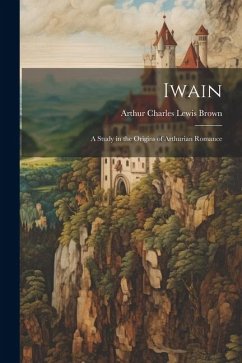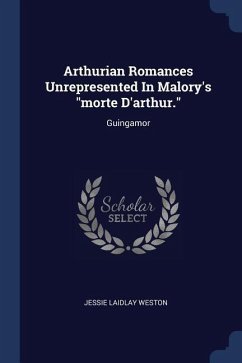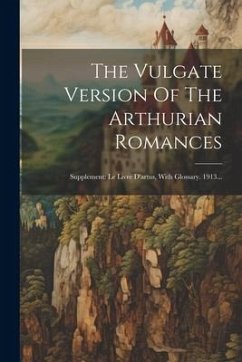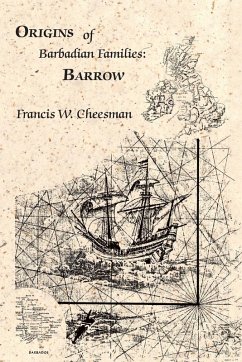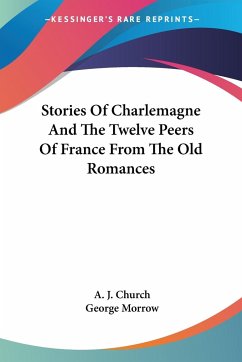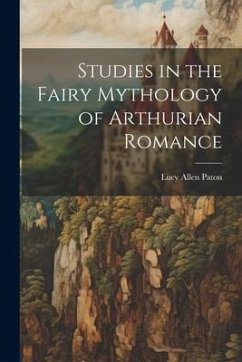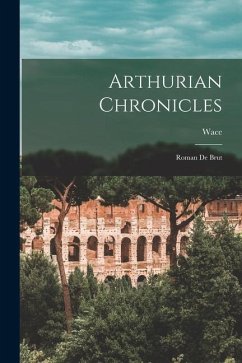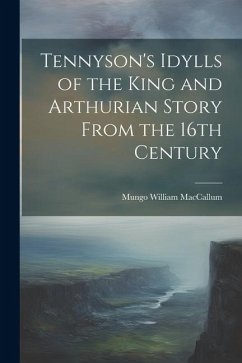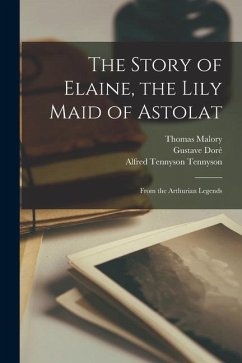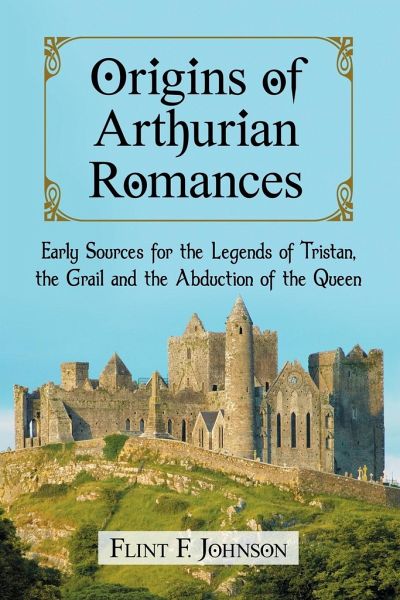
Origins of Arthurian Romances
Early Sources for the Legends of Tristan, the Grail and the Abduction of the Queen
Versandkostenfrei!
Versandfertig in 1-2 Wochen
35,99 €
inkl. MwSt.

PAYBACK Punkte
18 °P sammeln!
There are three archetypal and widespread Arthurian stories--the abduction of Guinevere, the Holy Grail, and Tristan. Through the author's painstaking research of the literature and comparative literature of the stories, and by studying the history, laws, and archaeology of the post-Roman period, a new methodology was found for approaching sources. This led to strong reasons for making a number of groundbreaking conclusions. Arthurian literature is a potential wealth of information on Arthur's Britain. More importantly, the nature of the holy grail has been in the grail literature and related ...
There are three archetypal and widespread Arthurian stories--the abduction of Guinevere, the Holy Grail, and Tristan. Through the author's painstaking research of the literature and comparative literature of the stories, and by studying the history, laws, and archaeology of the post-Roman period, a new methodology was found for approaching sources. This led to strong reasons for making a number of groundbreaking conclusions. Arthurian literature is a potential wealth of information on Arthur's Britain. More importantly, the nature of the holy grail has been in the grail literature and related materials all along.





